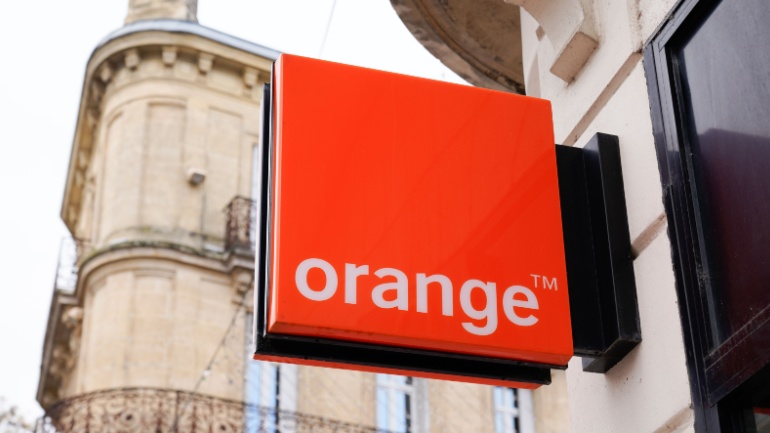Orange Energies is broadening the reach of its Orange Smart Energies platform, offering prepaid access to energy through solar kits and smart meters to all energy producers across Africa. Launched in 2017, the Internet of Things (IoT) platform addresses profitability challenges by mitigating the risk of non-payment for energy providers.
Samsung and MediaTek have successfully tested 5G Reduced Capability (RedCap) technology over virtualized Radio Access Networks (vRAN), potentially extending battery life for IoT devices. The test, carried out in Samsung’s R&D lab in Korea, utilized Samsung’s vRAN 3.0 software, OpenRAN compliant radio, and MediaTek’s M60 modem-equipped RedCap testing platform.
Actelis Networks, renowned for its cyber-hardened networking solutions for IoT, has announced a strategic partnership with Carahsoft Technology, a leading provider of IT solutions for government sectors. This collaboration will see Carahsoft distributing Actelis’ hybrid-fiber connectivity solutions to Federal, State, and Local agencies, as well as educational institutions in the U.S. and Canada through its reseller network and specific procurement contracts like NASA SEWP V and OMNIA Partners.
Soracom, Inc., a leading global provider of advanced Internet of Things (IoT) connectivity, has announced its inclusion in the Amazon Web Services (AWS) Independent Software Vendor (ISV) Accelerate Program. This program facilitates collaboration between AWS and its partners offering software solutions that run on or integrate with AWS.
T-Mobile has secured a significant $2.67 billion defense contract, positioning itself as the primary wireless solutions provider for the U.S. Navy over the next decade. This contract, known as Spiral 4, succeeds the earlier Spiral 3 agreement, which expired in May. The new arrangement allows all U.S. Department of Defense agencies to access T-Mobile’s wireless services and equipment until 2034.
DIDWW, a global telecoms operator offering premium quality VoIP communications and SIP trunking services, has announced its partnership with Teltonika, an innovative technology company specializing in GPS fleet management, wireless and networking solutions, M2M, and IoT. This initiative will equip Teltonika with a highly flexible and scalable VoIP communications solution, thereby enhancing its communication capabilities worldwide.
Granite Telecommunications, a prominent $1.85 billion provider of communications and technology solutions for businesses and government entities, has unveiled its latest innovation: the Granite Multi-Carrier SIM. This advanced mobile technology promises seamless and reliable global connectivity.
DZS, a leading developer of Network Edge, Connectivity, and Cloud Software solutions enabling broadband everywhere, has announced the successful completion of its acquisition of NetComm Wireless Pty Ltd. This acquisition marks a significant milestone for DZS, reinforcing its dedication to providing comprehensive connectivity solutions to communications service providers and enterprise customers.
Sparkle, Italy’s leading international service provider, has entered into a strategic partnership with Tunisie Telecom, Tunisia’s primary telecom operator, to enhance international IP transit services via a new route from Sicily to Milan. Tunisie Telecom, a frontrunner in Tunisia’s telecommunications sector, serves over 6 million subscribers with a comprehensive array of services, including fixed and mobile telecommunications, data centers, cloud services, IoT, and managed security solutions for both individuals and enterprises.
French telecommunications giant Orange has announced a strategic partnership with Nokia, aiming to broaden the reach of its network APIs. This collaboration will leverage Nokia’s Network as Code platform, incorporating a developer portal to invigorate the 5G market and stimulate revenue growth.













